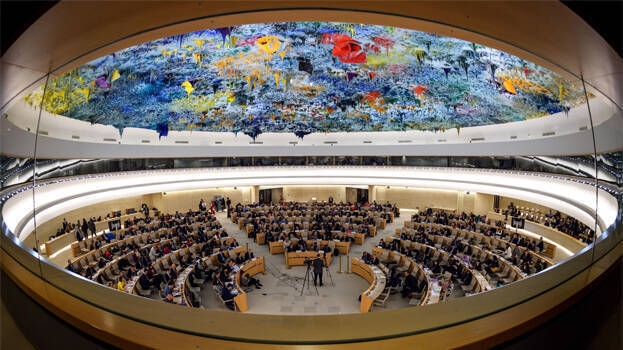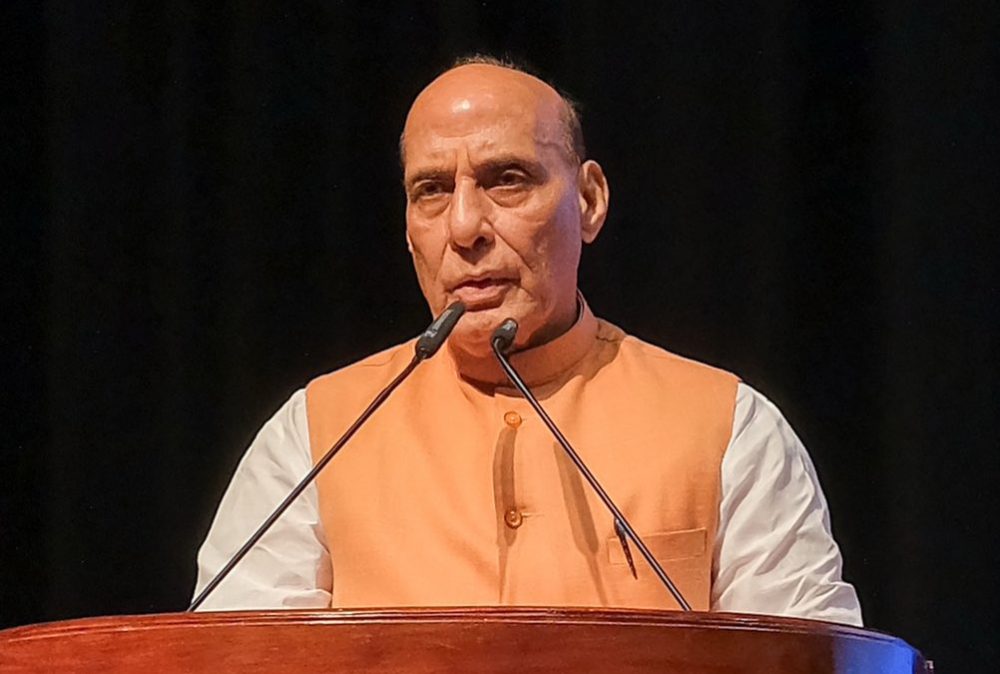Data from 10 cities across India has shown that monthly PM2.5 and PM10 levels during the summer months breached the annual CPCB safe limits of 40 micrograms per cubic metre and 60 micrograms per cubic metre, respectively, during these months.
Ten non-attainment cities – Agra, Bengaluru, Chandigarh, Chennai, Delhi, Kolkata, Jodhpur, Mumbai, Lucknow, and Patna – were selected and average PM2.5, PM10 and NO2 levels were analysed for the months of March, April, May, and June. These cities are all part of the National Clean Air Programme (NCAP) by the Environment, Forest and Climate Change Ministry.
The CPCB’s annual average permissible limits for PM2.5, PM10 and NO2 are 40, 60, and 40 micrograms per cubic metre, respectively. The WHO safe limits are even lower at 5, 15, and 10 micrograms per cubic metre for the three pollutants, respectively.
The analysis by Climate Trends, an advocacy think tank working on the issues related to air pollution and climate change, showed that in March this year, except Chennai, all other cities recorded PM2.5 levels above safe limits while 10 cities recorded PM10 levels above safe limits.
In April, except Kolkata, all other cities recorded PM2.5 levels above safe limits while in case of PM10, except Chennai, all other cities recorded levels above safe limits. Similarly, in May, only three cities – Bengaluru, Chennai, and Kolkata recorded safe levels of PM2.5 while in the case of PM10, all the cities recorded levels above safe limits.
With some parts of the country receiving rains in June, five cities – Agra, Bengaluru, Chennai, Kolkata and Mumbai – saw their PM2.5 levels improve and within the CPCB safety limits. But only three cities – Bengaluru, Chennai and Mumbai – saw PM10 levels less than 60 micrograms per cubic metre during June.
Northwest Indian plains have witnessed repeated heat waves since March this year. This resulted in an increased power demand, approximately 75 per cent of which came from coal-powered thermal power plants.
“This year was climatologically one of the hottest summers that we have seen in a long time. Extremely hot weather combined with winds has led to the re-suspension of coarse particles which is clearly visible in the high PM10 values across most cities. The rising temperatures during the heat wave also have pushed up the demand for air conditioning resulting in higher coal consumption and hence this is reflected in higher PM2.5 levels,” NCAP Steering Committee member S.N. Tripathi said.
The westerly winds from Balochistan, central Pakistan, and Thar desert also carried dust, adding to the PM10 levels. Locally, the prolonged dry spells during the summer months also mean more dust suspension in the air. Adding to the summer woes was the almost nil pre-monsoon showers especially in northwestern plains, which are also the hotspot for some of the highest levels of air pollution.
The PM2.5 and PM10 levels were higher this year compared to 2021 in most of the cities during summer. For instance, Delhi’s PM2.5 and PM10 levels were higher in 2022 as compared to 2021 across the four months except in the case of PM10 levels in March. Similar was the case in Patna. In both cities, the levels are over five times higher than CPCB standards.
ALSO READ:Tired of potholes, MP residents throw party on road
These two cities also breached the NO2 safe levels during March and April while Chandigarh breached it in April to June.
The NCAP Tracker – a joint project by Climate Trends and Respirer Living Sciences – showed that in April 2022, Delhi did not have a single day when it met the CPCB’s 24-hour safe limit of 60 microgram per cubic metre while for Mumbai, there were only nine days when PM2.5 concentration did not breach the safe limits.
Bhavreen Malhotra Kandhari, co-founder of Warrior Moms, a citizens’ group fighting for better air in the NCR, said: “The science is established but we need studies to evaluate the impact of the measures undertaken by the government, especially on ad-hoc policies such as odd-even. A lot of announcements have been made but we need to ensure implementation.”













